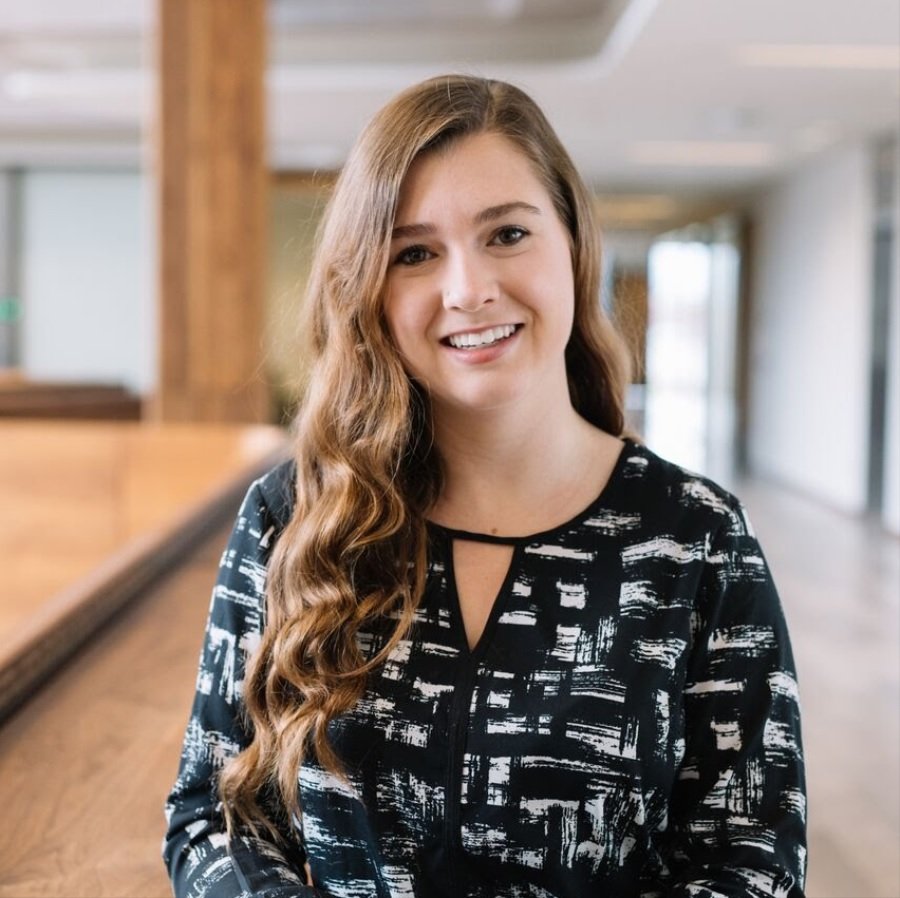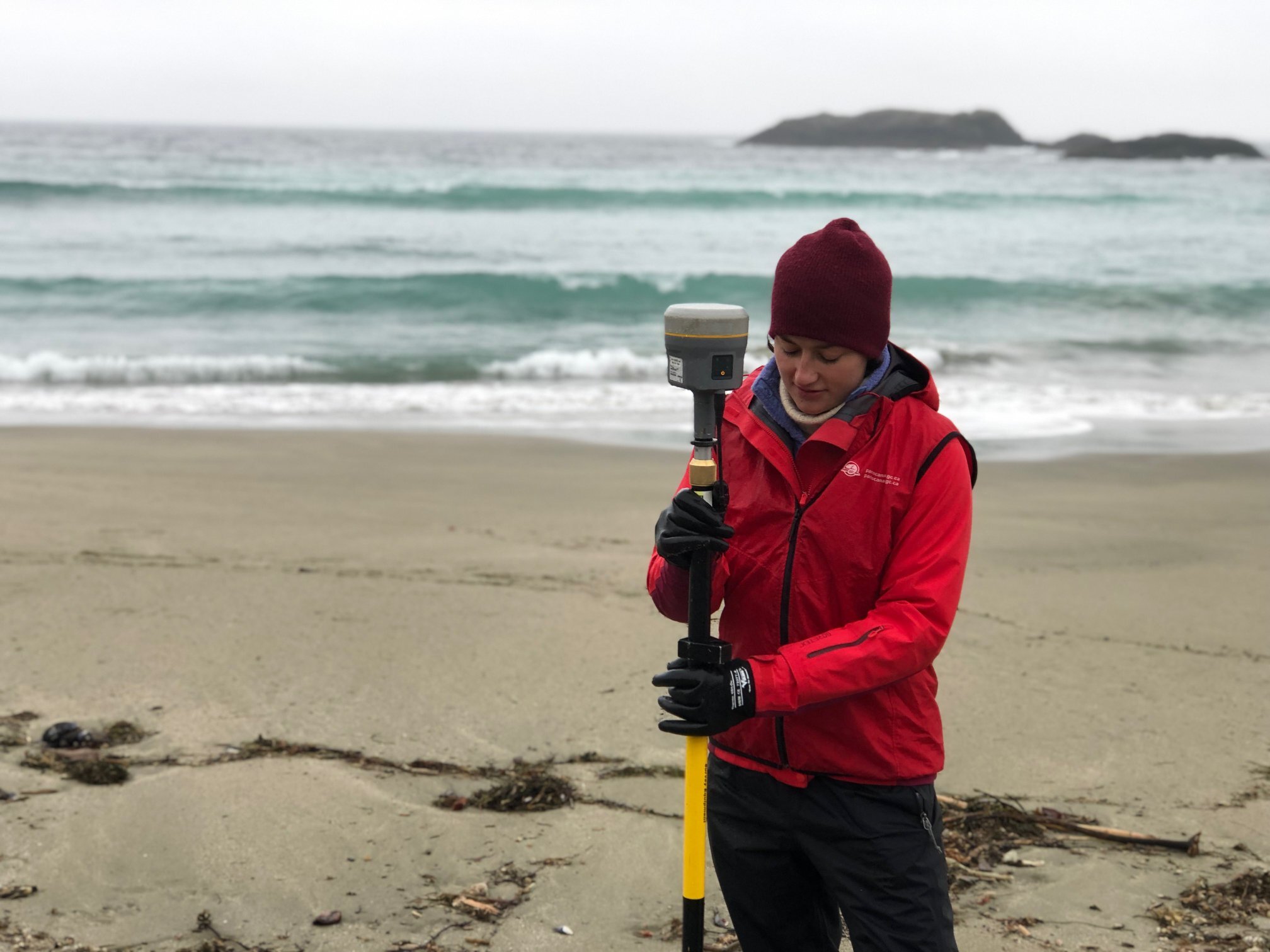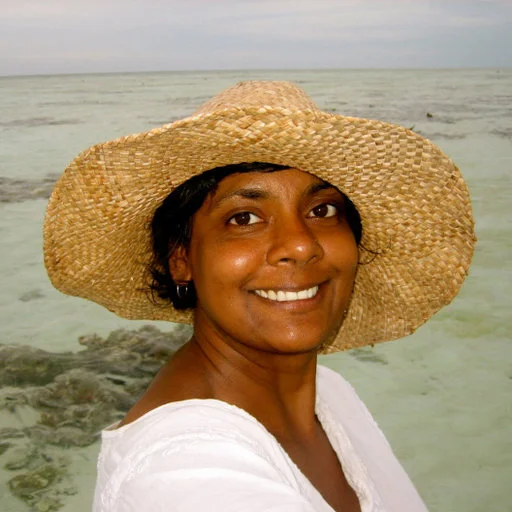Jordanna Bergman
Postdoctoral Fellow in Geography, University of Victoria
PhD in Geography, Carleton University
BSc in Marine Biology, University of South Florida
Contact
I'm a dual Canadian-American aquatic ecologist and conservation scientist. My love for the outdoors fueled a passion to protect and conserve our natural world, and encouraged my desire to pursue a career in conservation research. I have had the privilege to hold a variety of conservation-focused positions across North America: from kelp forest ecologist, to professional and scientific diver, to marine fisheries biologist, my efforts have been consistently focused towards the conservation of our world's aquatic ecosystems. I will be working with Drs. Maycira Costa and Anne Salomon to evaluate the spatial-temporal dynamics of kelp-encrusting bryozoans across British Columbia's coast.
My past research and professional roles focused primarily on the marine environment; for my PhD, I turned my attention to freshwater ecosystems, which need our help now more than ever. Freshwater biodiversity is rapidly declining, with freshwater species extinctions occurring faster compared to marine and terrestrial ecosystems. Roughly 8,000 freshwater-dependent species are threatened with extinction; 28% of those being freshwater fishes. For my dissertation, I am investigating the ecological connectivity of a freshwater historic waterway as experienced by both native and invasive fish species. Our goal is to determine the seasonal, species-specific, and ecohydraulic drivers of fish movement patterns within the waterway itself and between anthropogenic barriers (i.e., locks, dams). Using an interdisciplinary and integrative approach, we aim to use results from my dissertation to support conservation actions and develop strategies to protect and enhance Ontario’s economically important, and beautiful, freshwater ecosystems.



























